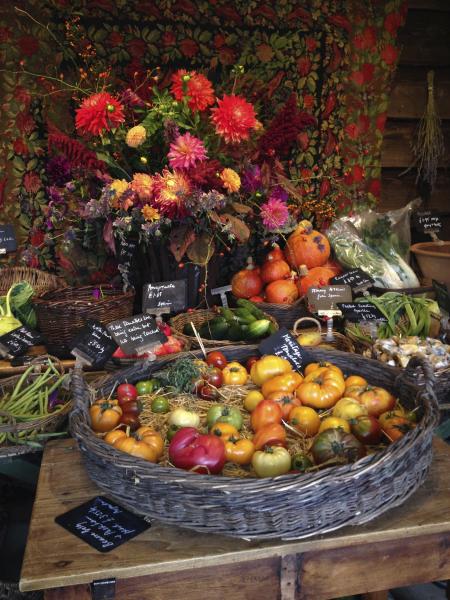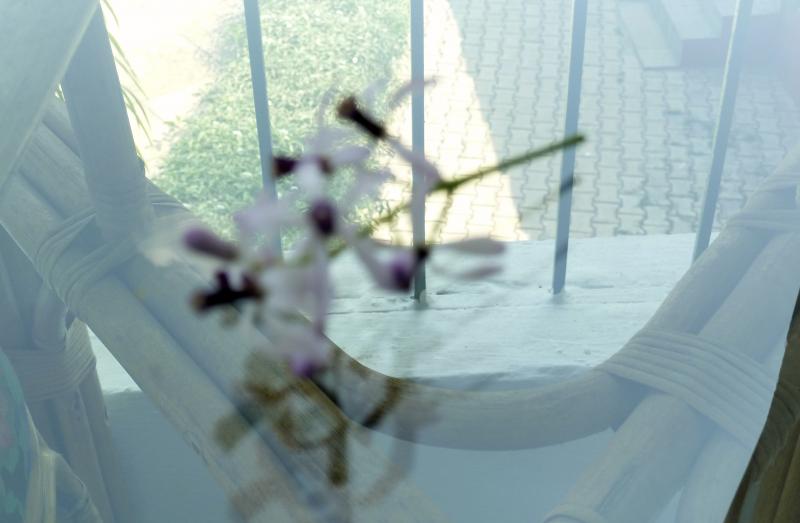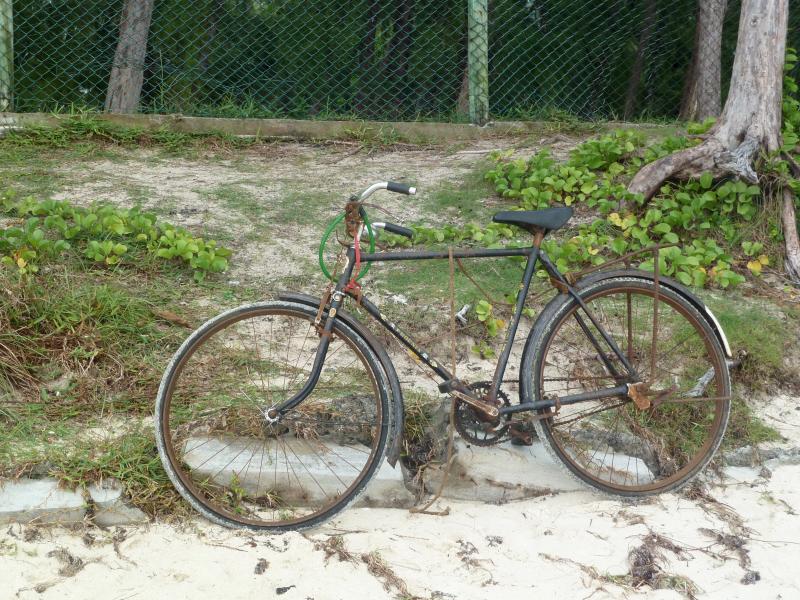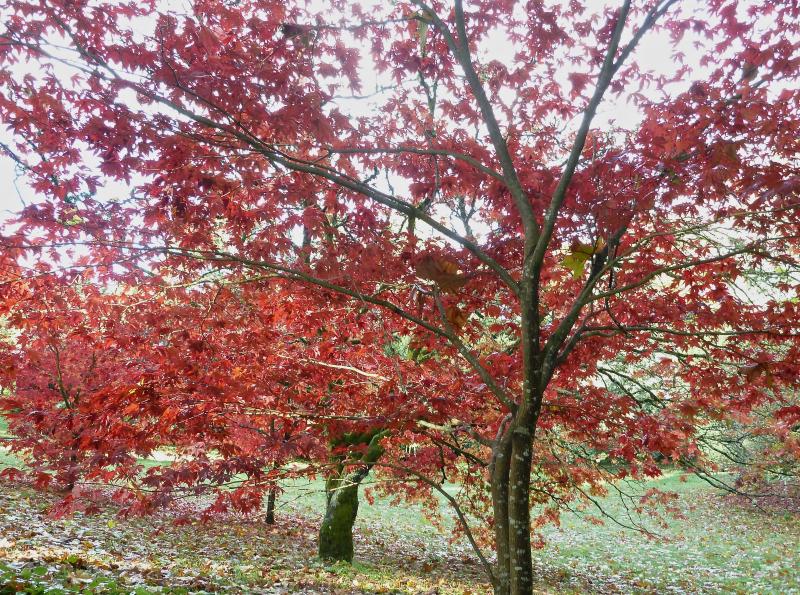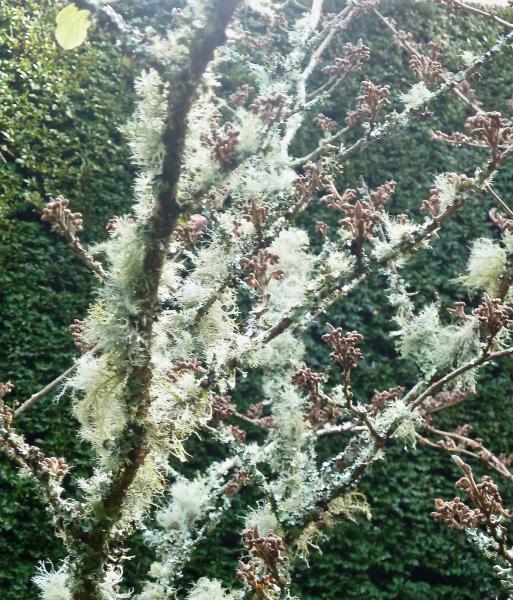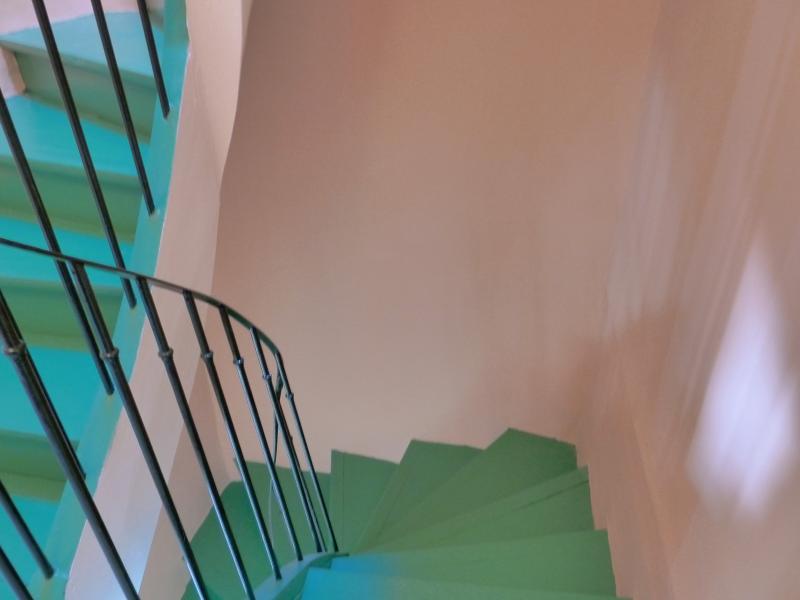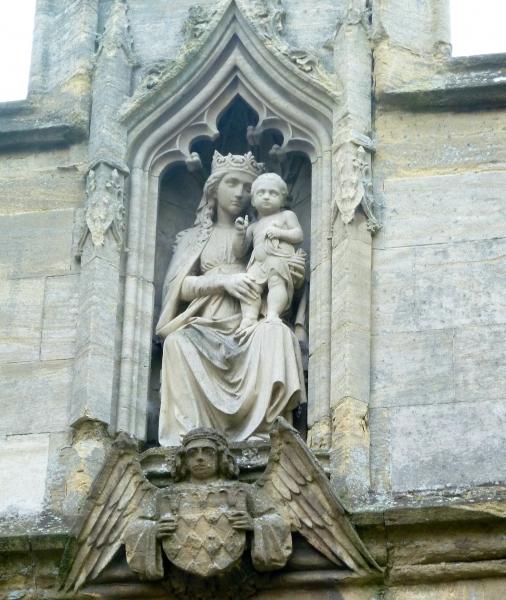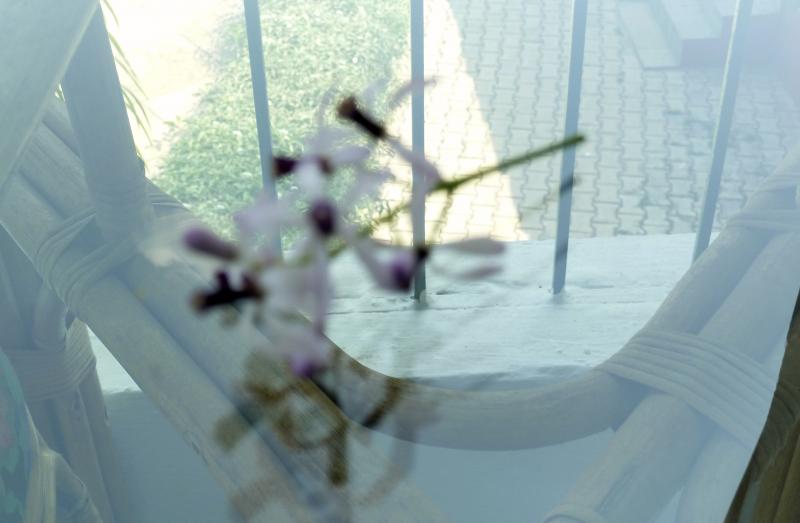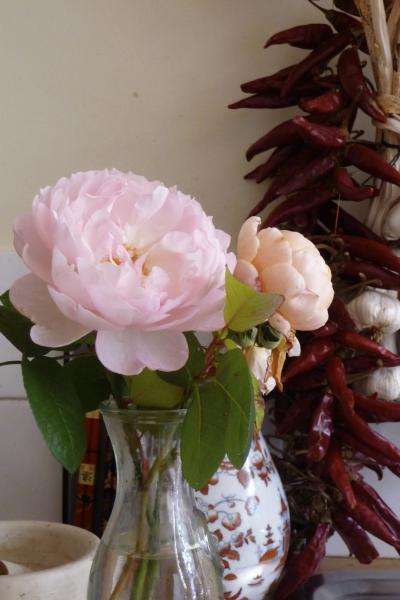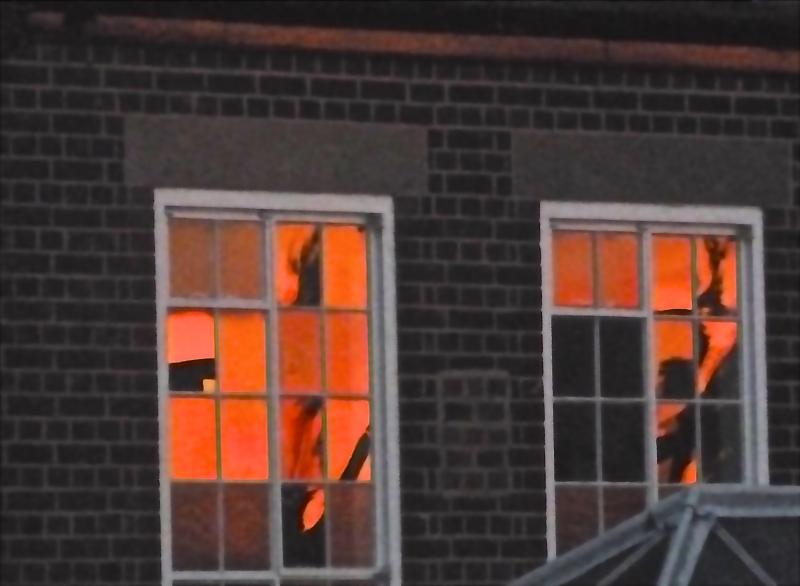
In a small room below the major space devoted to Francis Bacon and Henry Moore, is a selection of delightful miniature paintings collected by my friend Simon Digby and bequeathed by him to the Ashmolean Museum where, in the eighties, he was Assistant Curator (the only paid job he ever had).
The selection shows Simon Digby’s unerring eye for line, humour and originality. It’s hard not to smile when looking at his pictures because he was such an original himself. When I was at the School of Oriental and African Studies (in the sixties it was widely regarded as an accessory of MI5), Alan Milne took me to meet Simon in his terrace house in Camberwell. You entered his living room directly from the pavement: an Alladin’s treasure trove of richly carpeted floor and shelf after shelf of priceless South Indian bronzes. Just beyond the door to the adjoining room I could see a pile of empty cans of sardines and baked beans (or so my memory serves me!) Simon welcomed us wearing his customary straggly beard, rumpled shirt, trousers and bare feet in sandals.
I lost touch with Simon for many many years, but bumped into him on the verandah of the India International Centre, drinking tea and eating pakoras. I was amazed that he remembered my name. He warmly invited me to join him and we spent the next two hours in enjoyable gossip. Apart from his prolific research on Muslim India, he had compiled a bibliography of children’s stories about baba logs in India, one of them titled, “Little Henry and his Bearer” by Mrs Sherwood. Little Henry is left orphaned and destitute in Dinapore (Bihar) and adopted by a charitable but unfeeling English lady. Having done her duty she then gives the child over to the care of Boosy the servant. Another English lady teaches Henry about the Gospel and he becomes an evangelist. Here he preaches to Boosy:
“There is a country now,” said Henry, “where there are no castes; and where we all shall be like dear brothers. It is a better country than this: there are no evil beasts; there is no more hunger, no more thirst; there the waters are sure; there the sun does not scorch by day, nor the moon smite by night. It is a country to which I sometimes think and hope I shall go very soon: I wish, Boosy, you would be persuaded either to go with me, or to follow me.”
“What!” said Boosy, is sahib going to Willaet?” [country: but generally applied to Europe]. And then he said, he hoped not; for he could never follow him through the black water, as the Hindoos call the seas.
Henry then explained to him, that he did not mean England, but heaven. “Sometimes I think,” said he, “when I feel the pain which I did this morning, that I shall not live long: I think I shall die soon, Boosy. Oh, I wish! I wish I could persuade you to love the Lord Jesus Christ!” And then Henry, getting up, threw his arms around Boosy’s neck, and begged him to be a Christian. “Dear Boosy,” he said, “good Boosy, do try to be a Christian.” But poor little Henry’s attempts were yet quite ineffectual.”
 It is a fine example of the nauseating sentimentality of so much 19th century children’s literature. Simon Digby was especially interested in stories of English children ( particularly the “little boy lost”) sent “Home” and separated from their parents, just like he (and Kipling) had been sent away. There was some talk of my working on the topic with him and I very much enjoyed reading his paper “Kim and his Kin”, with his acerbic comments and clever detective work . He also told me about “Kullu of the Carts”, “Fringhee Bacha”, “Lost Among the Afghans” and “Sonny Sahib” which one can read online.
It is a fine example of the nauseating sentimentality of so much 19th century children’s literature. Simon Digby was especially interested in stories of English children ( particularly the “little boy lost”) sent “Home” and separated from their parents, just like he (and Kipling) had been sent away. There was some talk of my working on the topic with him and I very much enjoyed reading his paper “Kim and his Kin”, with his acerbic comments and clever detective work . He also told me about “Kullu of the Carts”, “Fringhee Bacha”, “Lost Among the Afghans” and “Sonny Sahib” which one can read online.













